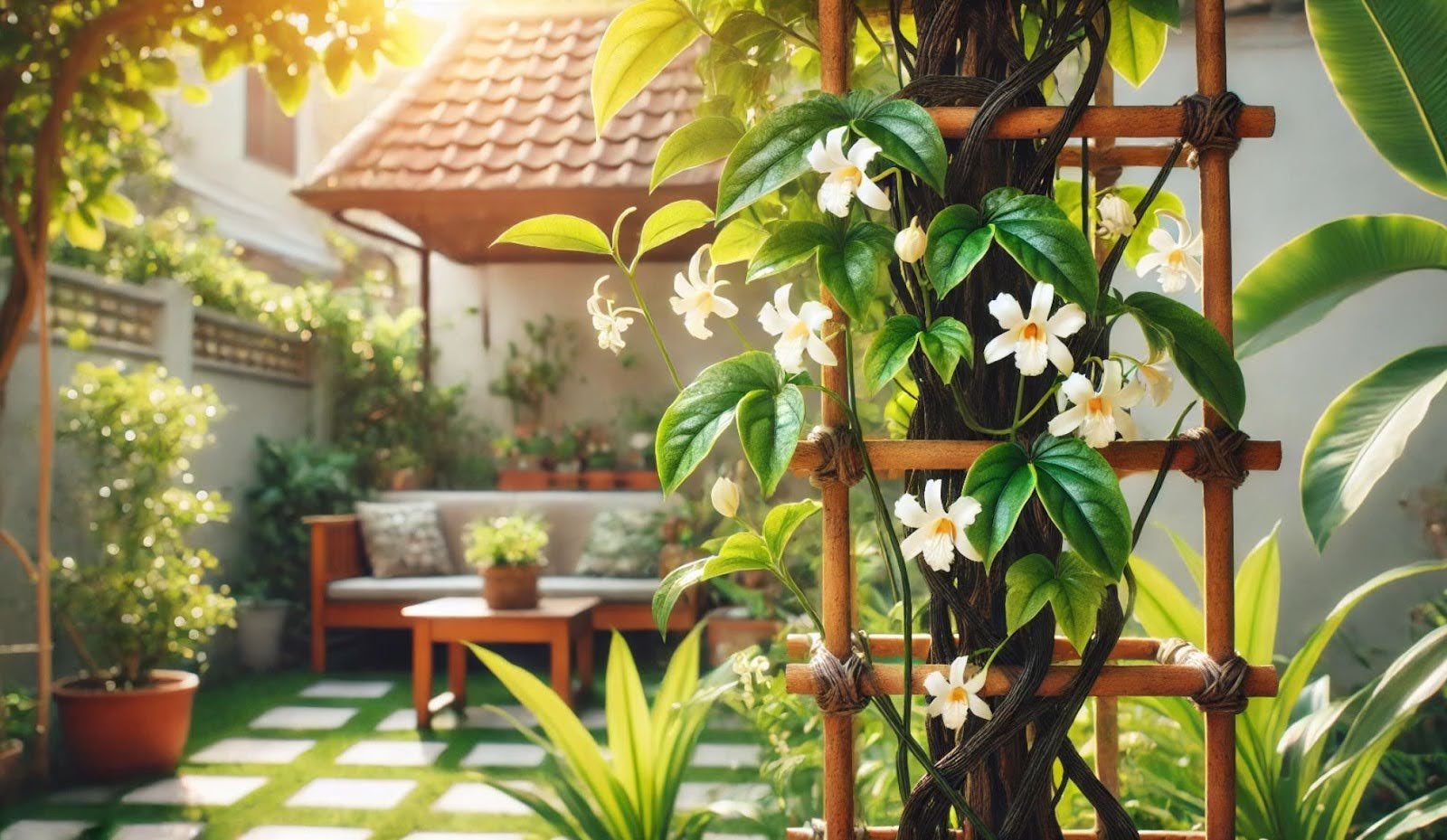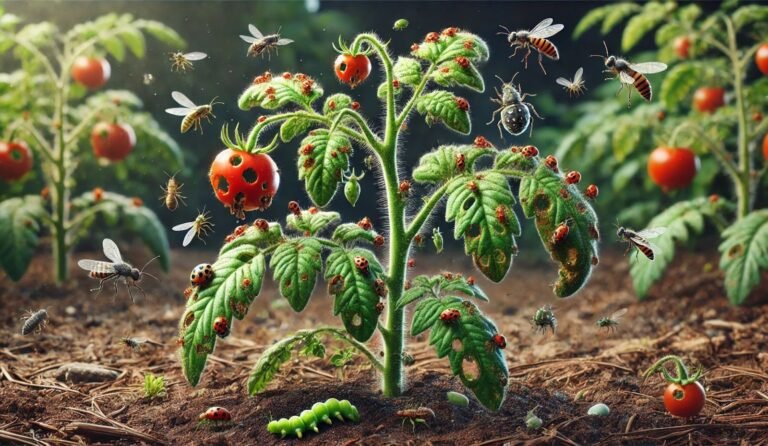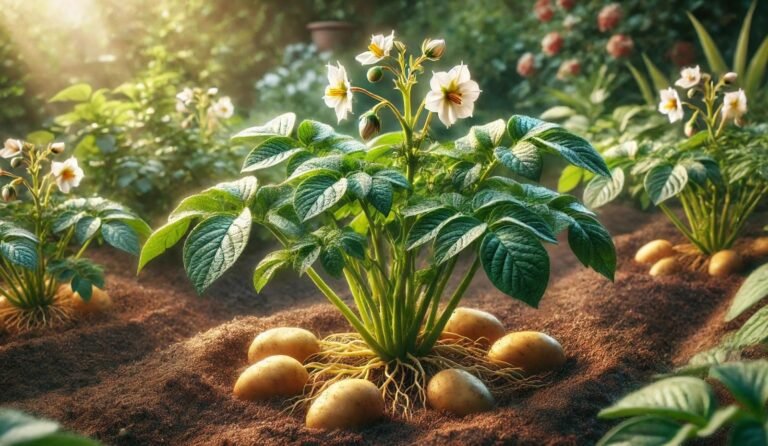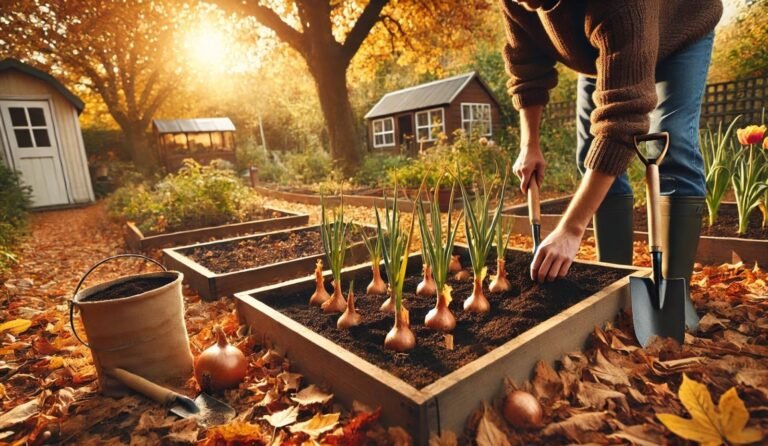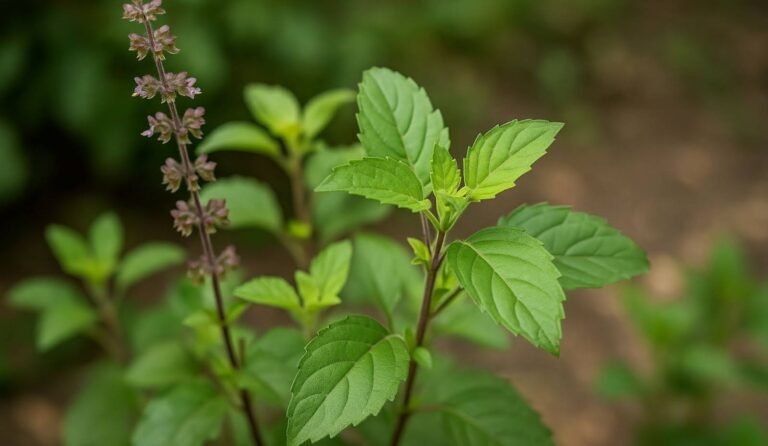How to Grow a Vanilla Bean Plant at Home: The Complete Guide
The vanilla bean plant isn’t just a tropical treasure—it’s something you can grow at home with a little patience and the right care. Imagine harvesting your own fresh vanilla pods instead of buying expensive store-bought ones! Sounds cool, right? While it takes time, the process is surprisingly doable, even indoors. In this guide, I’ll walk you through everything from planting to pollination. Ready to grow your own vanilla? Let’s dive in!
What is a Vanilla Bean Plant?
The vanilla bean plant (Vanilla planifolia) is a species of orchid that produces the beloved vanilla beans used in cooking and baking. Unlike most orchids, which are prized for their flowers, this plant is grown for its long, green seed pods, which turn into the aromatic vanilla beans we use every day.
Native to Mexico and Central America, the vanilla plant thrives in warm, humid climates. It is a climbing vine that relies on trees or trellises for support, often reaching lengths of 10 to 30 feet in the right conditions. Since vanilla flowers are naturally pollinated by a specific species of bee found in its native habitat, growing vanilla outside of these regions requires hand-pollination, a process that home growers can easily learn.
Benefits of Growing a Vanilla Bean Plant at Home
Growing a vanilla bean plant at home is a labor of love, but it comes with a number of rewards:
Fresh, Homegrown Vanilla Beans – Store-bought vanilla is expensive, and many products contain artificial flavoring. Growing your own ensures you have pure, organic vanilla beans.
A Beautiful, Exotic Houseplant – The vanilla plant’s climbing vines and delicate flowers make it a visually stunning addition to any home or garden.
Cost-Effective in the Long Run – While the plant takes time to mature, growing your own vanilla can save you money compared to buying vanilla extract or beans regularly.
Satisfaction of Growing a Rare Plant – Since vanilla isn’t a common homegrown crop, successfully growing it feels like an achievement!
How to Start Growing a Vanilla Bean Plant

Vanilla Bean Seeds vs. Cuttings: Which One to Choose?
When starting your vanilla plant, you have two options: growing from seeds or using cuttings.
Vanilla bean seeds are extremely small and difficult to germinate, requiring precise conditions. Because of this, most home gardeners choose to grow vanilla from cuttings, which significantly reduces the time needed for the plant to mature and produce beans.
If you decide to go with cuttings, make sure to purchase them from a reliable source. A healthy cutting should be at least 12 inches long with a few leaves and visible roots.
Ideal Growing Conditions for a Vanilla Bean Plant
Since vanilla is a tropical plant, mimicking its natural environment is key to successful growth. Here’s what you need to create the perfect setup:
1. Climate & Temperature
Vanilla thrives in warm, humid climates with temperatures between 70-85°F (21-29°C). It cannot tolerate frost, so if you live in a colder region, you’ll need to grow it indoors or in a greenhouse.
2. Soil Requirements
Vanilla needs well-draining, rich soil with a slightly acidic pH of 6.0 to 7.5. A mix of orchid bark, coconut coir, and perlite works well to provide good drainage while retaining moisture.
3. Light Requirements
Vanilla plants prefer bright, indirect sunlight. Too much direct sun can scorch the leaves, while too little light will slow growth. If growing indoors, place the plant near a window with filtered light or use a grow light.
4. Humidity & Watering Needs
Since vanilla originates from humid jungles, it needs high humidity levels (around 70-80%). Regular misting, along with placing a humidity tray nearby, can help maintain the right moisture levels. Water the plant when the topsoil feels dry, but avoid overwatering, as vanilla roots are prone to rot.
How to Plant a Vanilla Bean Plant (Step-by-Step Guide)
1. Preparing the Pot or Outdoor Garden
If you’re growing vanilla indoors, choose a large pot with drainage holes. For outdoor planting, find a spot with partial shade and well-draining soil.
2. Providing Support for the Vines
Vanilla vines need something to climb on, such as a trellis, wooden stake, or a nearby tree. Without support, the plant will struggle to grow properly.
3. Planting the Vanilla Bean Cutting
Place the vanilla cutting in the soil, burying the lower portion of the stem while ensuring the aerial roots remain exposed. Water lightly and keep the soil moist but not soggy.
4. Watering and Fertilizing
Water regularly but avoid standing water. Feed the plant with a balanced orchid fertilizer every two weeks during the growing season for optimal health.
Vanilla Bean Seeds for Planting
Vanilla bean seeds, derived from the orchid Vanilla planifolia, are rare and challenging to grow, but highly rewarding for patient gardeners. These seeds require warm, humid conditions and careful germination techniques, often involving soaking and scarification to break dormancy.
Once sprouted, the plant grows as a climbing vine that needs support and indirect sunlight. Cultivating vanilla from seed is a slow process—taking years before flowering—but it offers the satisfaction of growing one of the world’s most beloved and aromatic spices from scratch. It’s ideal for dedicated growers or those interested in tropical and exotic plants.
Caring for Your Vanilla Bean Plant
Once planted, your vanilla bean plant needs ongoing care to thrive.
Pruning & Training the Vine
To encourage healthy growth, gently train the vine around its support and trim any dead or damaged leaves. Pruning also helps stimulate flowering.
Dealing with Pests & Diseases
Vanilla plants are susceptible to root rot, spider mites, and fungal infections. Avoid overwatering and inspect the plant regularly for pests. Treat any infestations with neem oil or insecticidal soap.
How Long Does It Take for Vanilla Beans to Grow?
Vanilla is a slow-growing plant. It typically takes 2 to 3 years before it starts flowering. Once pollinated, the beans take another 8 to 9 months to fully mature before they are ready to harvest.
Hand-Pollinating the Vanilla Flowers
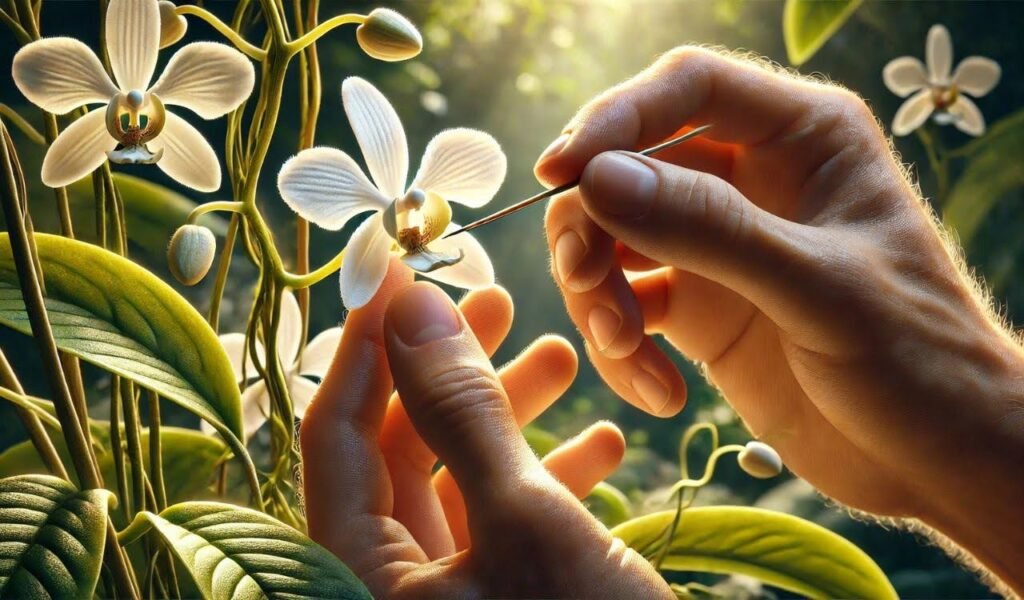
Unlike in the wild, where vanilla flowers are pollinated by specific bees, homegrown vanilla must be hand-pollinated. The process is simple but requires precision.
How to Hand-Pollinate Vanilla Flowers:
- Early in the morning, locate a fresh vanilla flower (it only blooms for a day!).
- Using a small toothpick, gently lift the rostellum (a thin membrane separating the male and female parts).
- Press the anther against the stigma to transfer pollen.
- If successful, the flower will wilt, and a bean will start forming in a few days.
Harvesting & Curing Vanilla Beans
Once the beans are mature, they need to be cured to develop their signature flavor.
Steps to Cure Vanilla Beans:
- Harvest when the beans turn slightly yellow at the tips.
- Blanch the beans in hot water for a few minutes.
- Sweat them by wrapping them in a cloth and keeping them warm for several weeks.
- Dry the beans in the sun for 1-2 months until they become dark and wrinkled.
FAQ
Can I grow a vanilla bean plant indoors?
Yes! Just make sure it gets bright, indirect sunlight and high humidity.
How long does it take for a vanilla bean plant to produce beans?
It usually takes 2-3 years before the plant flowers, and another 8-9 months for the beans to mature.
Do I need to hand-pollinate the flowers?
Yes, unless you live where the plant’s natural pollinators (certain bees) exist. Hand-pollination is easy with a small tool like a toothpick.
What’s the best way to start—seeds or cuttings?
Cuttings! Seeds take a long time to germinate, while cuttings grow much faster.
How much space does a vanilla bean plant need?
It’s a climbing vine, so it needs vertical support like a trellis, stake, or tree to grow properly.
Does the vanilla bean plant need direct sunlight?
No, it prefers bright, indirect light—too much sun can burn the leaves.
How do I cure vanilla beans after harvesting?
After picking, blanch them in hot water, then sweat, dry, and age them for the best flavor.
Final Thoughts
Growing vanilla takes time, patience, and effort, but the reward is well worth it. Not only will you have fresh, high-quality vanilla beans, but you’ll also enjoy the satisfaction of nurturing an exotic and valuable plant.
If you’re willing to put in the work, there’s no reason why you can’t successfully grow vanilla at home—whether in your backyard or indoors! So, are you ready to take on the challenge of growing your own vanilla bean plant? With the right care, you’ll be harvesting your own vanilla in no time!

